

Mohsen Saraji / Creativity Director & Futurist
Educational Entertainment Centers (EC) are spaces designed to balance education and entertainment. These centers provide opportunities for children, teenagers, and even adults to learn scientific, cultural, or social concepts in an engaging and fun environment. In this note, we will explore the concept of these centers, the principles of their design, and analyze two successful examples.
Definition and Concept of Educational Entertainment Centers
Educational entertainment centers are based on the idea that learning is more effective and lasting when it is accompanied by fun and enjoyment. In these spaces, educational concepts are conveyed through recreational activities, games, simulations, and hands-on experiences. Unlike traditional educational systems, which may be dry and book-centered, these centers emphasize that practical and interactive experiences can make learning more engaging and impactful.
Some key principles and features of educational entertainment centers include:
Successful Examples of Educational Entertainment Centers
One of the most famous educational entertainment centers in the world, the "Exploratorium" in San Francisco, is designed as an interactive science museum that focuses on discovering and experiencing scientific concepts. Founded in 1969 by American physicist Frank Oppenheimer, the "Exploratorium" is recognized as one of the pioneering centers in teaching science through experience.

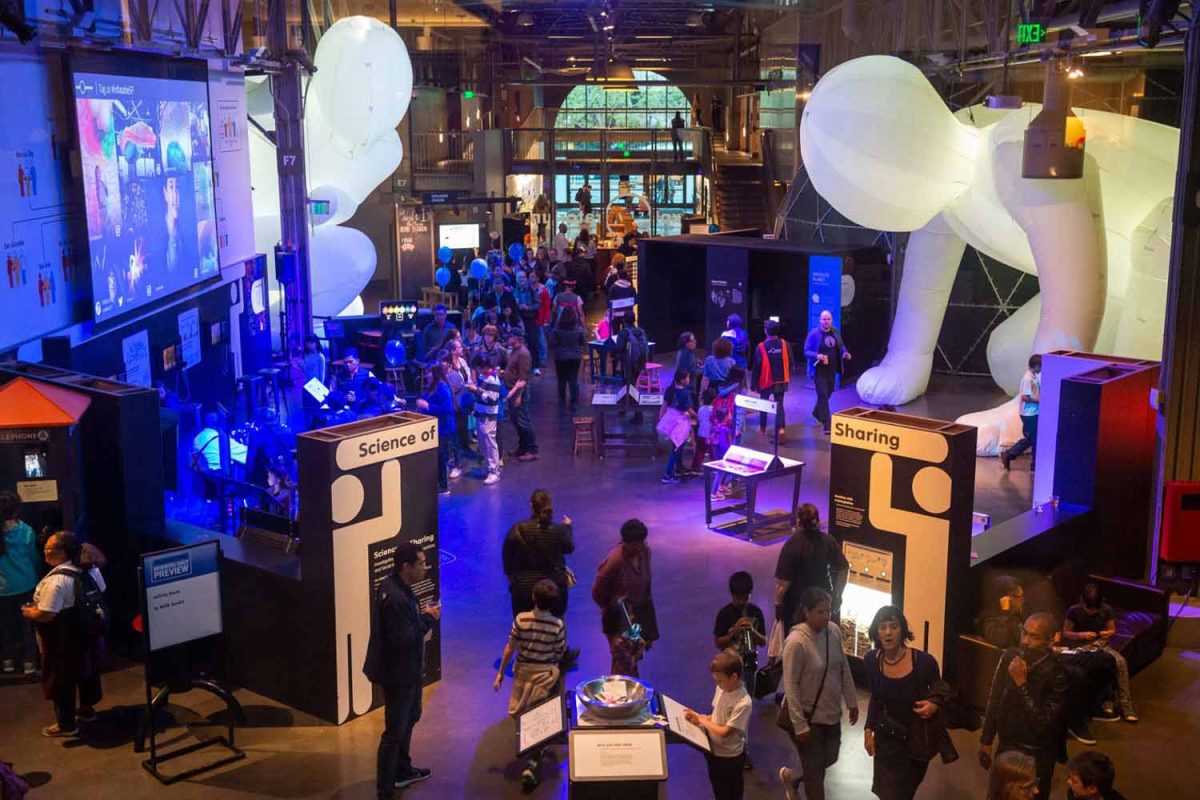
Key Features of This Center:
Thanks to its open and interactive approach to scientific learning, the Exploratorium has successfully attracted a wide range of age groups. By combining science with entertainment and utilizing hands-on experiences, the center allows visitors to understand scientific concepts on a deeper level and with more enjoyment. The success of this center demonstrates how recreational spaces can be used to teach complex scientific concepts effectively.
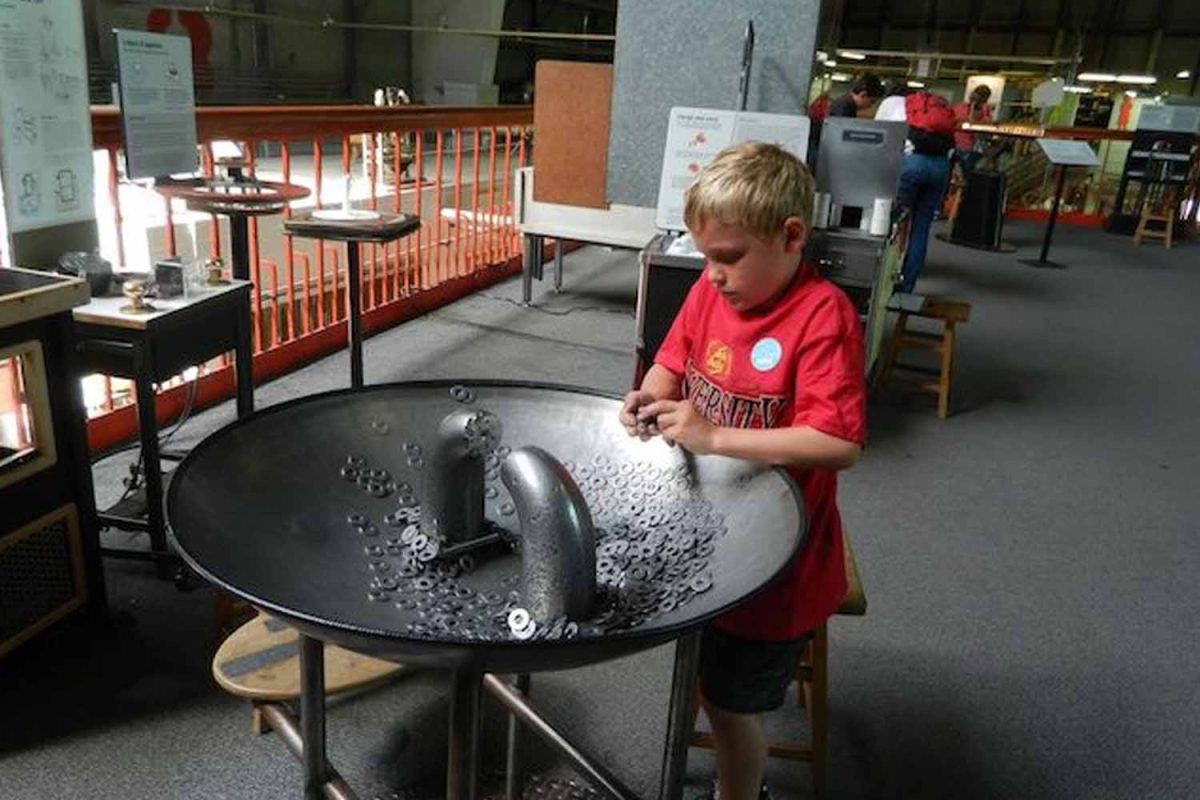
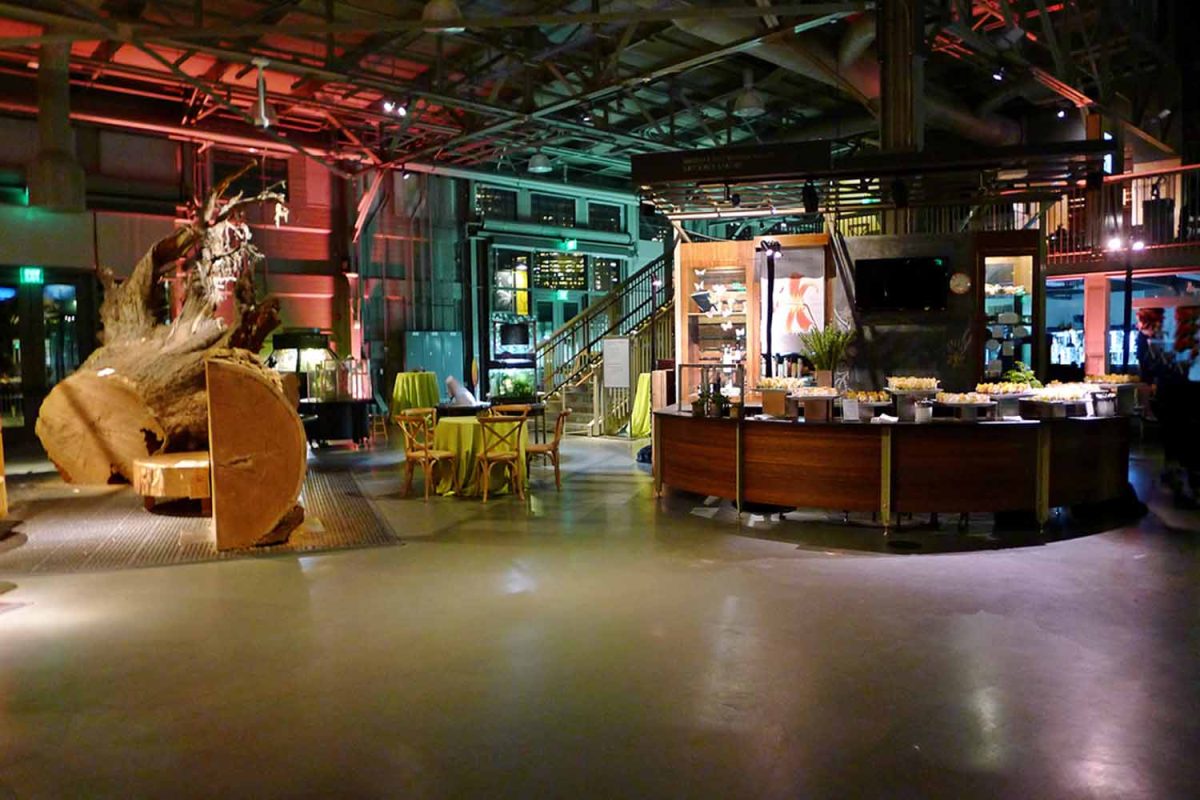
2. KidZania – Mexico City, Mexico
KidZania is another successful example of an educational entertainment center, designed to teach children through simulations of various careers and professions. The first branch of KidZania opened in Mexico City in 1999, and it has since become a global brand with locations in over 20 countries.
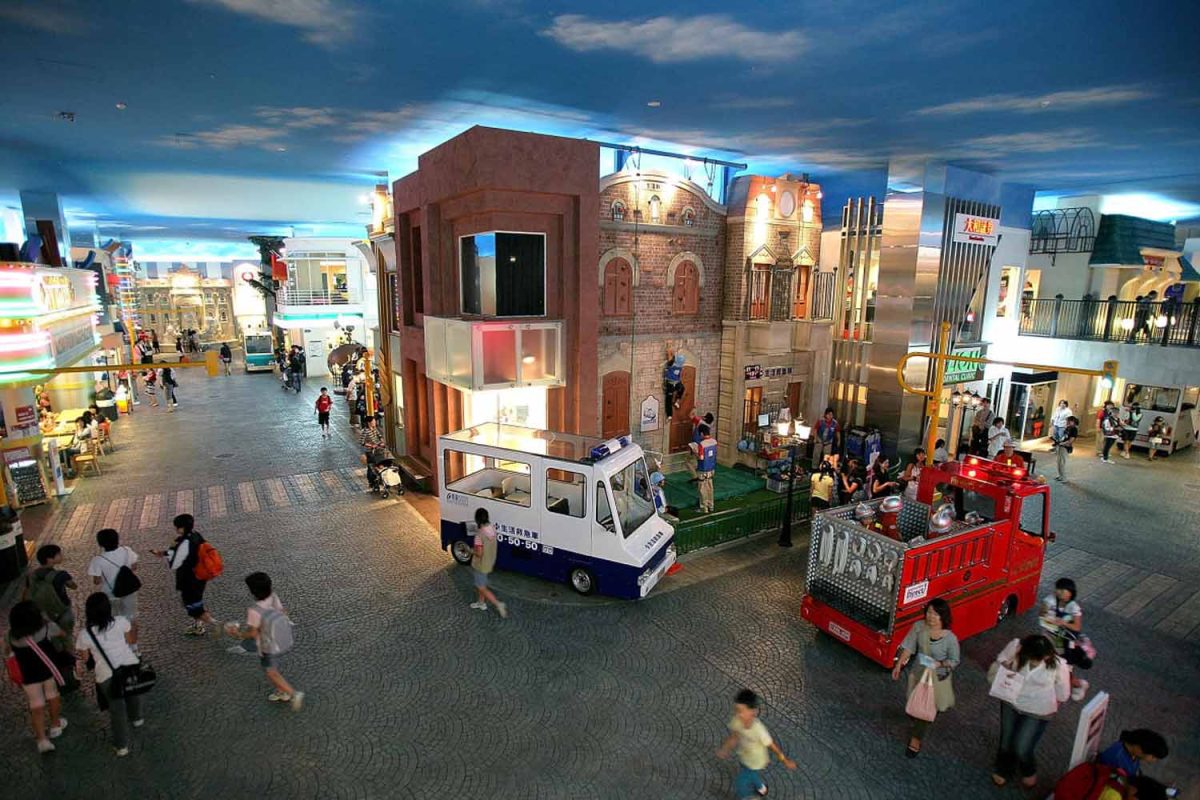
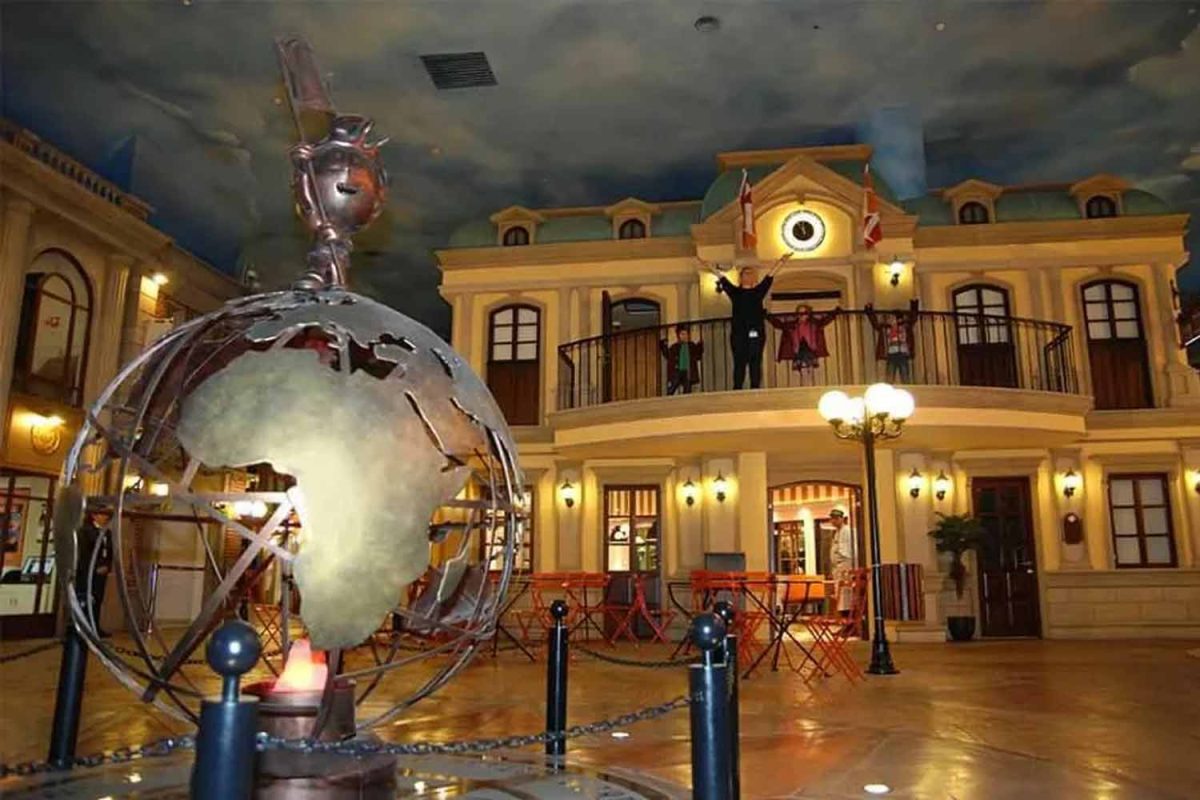
Key Features of This Center:
By providing an engaging and interactive educational environment, KidZania successfully teaches complex concepts like careers, economics, and social skills to children in an entertaining and lasting way. The learning-through-simulation-and-play approach has made KidZania one of the most popular educational entertainment destinations for families worldwide. Its success demonstrates how combining education with play can create a rich and meaningful experience for children.


Educational entertainment centers, by creatively combining learning and fun, play an important role in informal education and promoting cognitive and social skills. These centers offer visitors the chance to understand complex scientific, cultural, or social concepts through hands-on experiences, making learning more lasting and impactful. Successful examples like the Exploratorium and KidZania show how interactive and simulated approaches can effectively teach diverse concepts.
With technological advancements and the increasing demand for innovative learning methods, educational entertainment centers are expected to play an even greater role in future education and recreation. These centers can serve as effective tools for building essential skills and creating meaningful learning experiences for visitors of all ages.